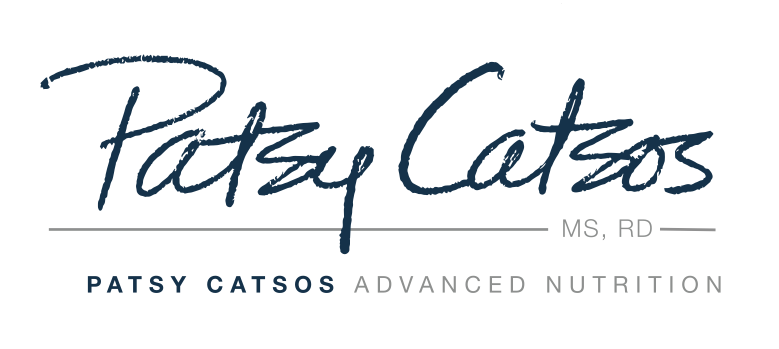You don't have to be dairy-free on a low FODMAP diet, which is good news for cheese lovers. The cheese component of potential concern for low-FODMAP diets is lactose; it doesn't matter whether the animal that provided the milk is cow, goat, sheep, camel or buffalo or any other mammal. During the first steps of the cheese-making process the curds and whey are separated from each other and the whey is drained off. Lactose is part of the whey, not the curds, so most of it is removed in this step. What little lactose remains is consumed by the natural bacteria or mold in the cheese culture during the aging process.
Aged cheeses are virtually lactose-free and are suitable for the elimination phase of a FODMAP diet. They don't have to be "hard," they just have to be aged. Even softer, aged cheese like Brie or Camembert are lactose-free.
Some cheeses are not aged, including mozzarella, chèvre (goat cheese), cream cheese, marscapone, American, cottage cheese, ricotta, queso fresco, and feta. These can have more lactose, depending upon how much whey remains in the cheese.
Is this cheese lactose-free? Learn how to read a cheese label for the three most important FODMAP facts.
It is an easy trick to figure out whether a given cheese contains lactose. It does not have to say "lactose-free" on the front of the package. Look at the Nutrition Facts for three things:
First, check the ingredients to make sure there are no added sugars (sugar is rarely added to cheese products). If there are any added sugars, this trick does not apply.
Then, check the "Sugars" line. Any lactose (milk sugar) in the cheese would show up on that line. If it says "Sugars 0g", then the cheese is lactose-free or very close to it (they are allowed to round down to zero if the amount of lactose in the cheese is .4g or less. Very few people would be unable to tolerate .4g of lactose.)
What is the portion size? 1 slice of this cheese is a 3/4 oz serving. What would happen if you ate 6 or 8 of these slices? If this were a cheese with .4 grams of lactose shown as zero on the label, the lactose could add up, couldn't it? A few slices of pizza can have many ounces of cheese on it!
Lactose-free cottage cheese will still show some grams of sugar on the Sugars line, but those sugars are no longer lactose.
If you find that lactose-free cheeses triggers your symptoms anyway, there could be a few possible explanations:
You could be that one person who is so exquisitely sensitive to lactose that you can't tolerate even less than .4 grams or less of lactose (rounded down to zero); most lactose intolerant people can handle a few grams of lactose here and there, but a few cannot.
Some processed cheeses have other FODMAP ingredients added to them. Make sure your cream cheese doesn't have inulin in it, for example.
You could have a non-FODMAP adverse food reaction to milk products, such as an allergy to casein, the protein in milk, or some other type of inflammatory reaction via your immune system. I can't recommend any faux or vegan "cheeses" however, because they usually seem to have other FODMAP ingredients in them.
Cheese is high in fat, and there are some people who find that high fat meals trigger symptoms (again, a non-FODMAP reason). Try eating smaller portions.
Enjoy your cheese in moderation while on the elimination phase of the FODMAP-elimination diet!
This page may contain affiliate links. We are a participant in the Amazon Services LLC Associates Program, an affiliate advertising program designed to provide a means for us to earn fees by linking to Amazon.com and affiliated sites.

